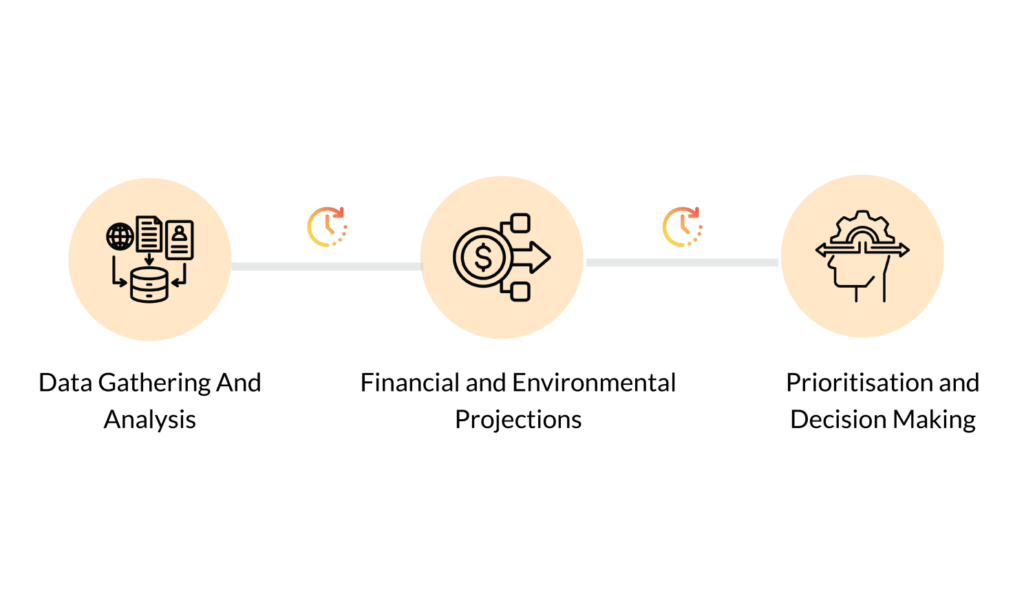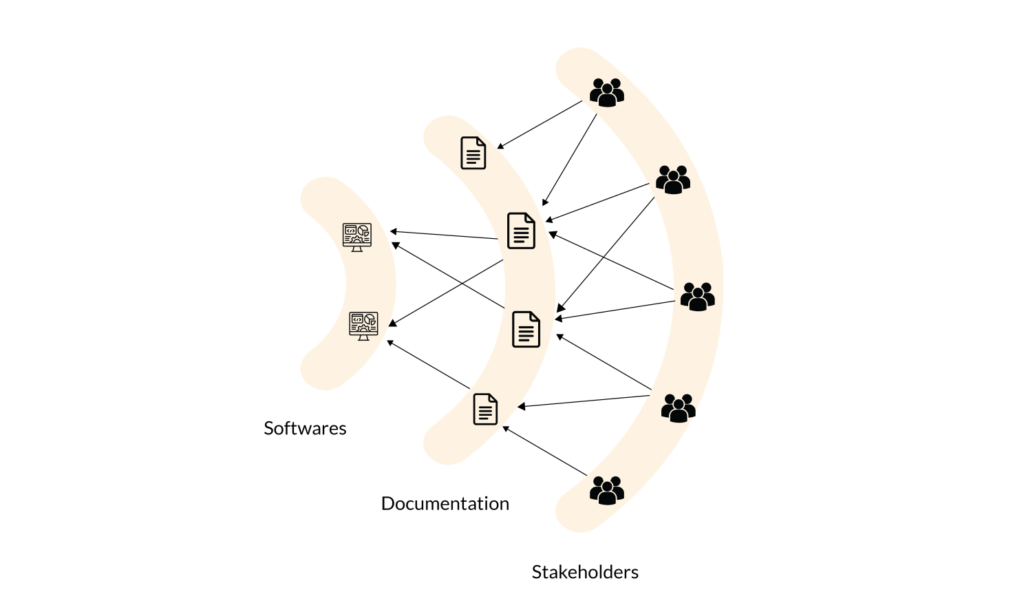
The planning phase is essential for the success of solar projects. It allows asset managers to make informed decisions about where and when to invest, ensuring all considerations and risk factors have been explored. However, after speaking with several clients with close to 200,000 built assets, we realised that only a fraction of the projects analysed ever make it to the installation stage.
So why is that?
1. Complexity of the Studies
Traditionally, feasibility studies for solar installations can be dense and complex, involving extensive data gathering, as well as technical, regulatory, financial, and environmental components. This complexity is only increased when dealing with large portfolios of assets as each site has unique factors to consider. The need to thoroughly understand these studies before determining an actionable plan translates into long delays, ultimately stalling the solar adoption process.

2. Scattered Documentation
The lack of a centralised document repository and digitised asset prioritisation tools further add to this complexity. Valuable information is often spread across multiple software systems, stakeholders, and communication channels. This fragmentation makes the process of retrieving information and prioritising solar projects both burdensome and lengthy.
Moreover, scattered data and documentation can increase the risk and complexity of future insurance and warranty claims, adding another layer of challenge to the solar project management process.

3. Cost Implication
The consulting fees associated with these studies can add significant costs to the overall project. Furthermore, due to the fast-changing nature of this sector, by the time the next steps are identified, it’s often required to revisit the studies to consider changes in electricity consumption, electricity prices, or available subsidies.

What Can You Do?
Solar planning doesn’t have to be a bottleneck. The latest technological advancements, such as AI and computer vision, are revolutionising the way we plan solar projects. These tools enable us to conduct planning and feasibility studies at scale and in a few seconds, turning the previously intricate process into a simpler and more efficient one.
At PowerMarket, we have spent years developing these technologies with the support of the University of Oxford and the European Space Agency. We now leverage them to automate and streamline the process, providing easy-to-understand insights at a fraction of the cost of conventional methods. By tackling these pain points directly, we aim to expedite solar uptake and make the transition to solar energy more accessible and profitable for all.
